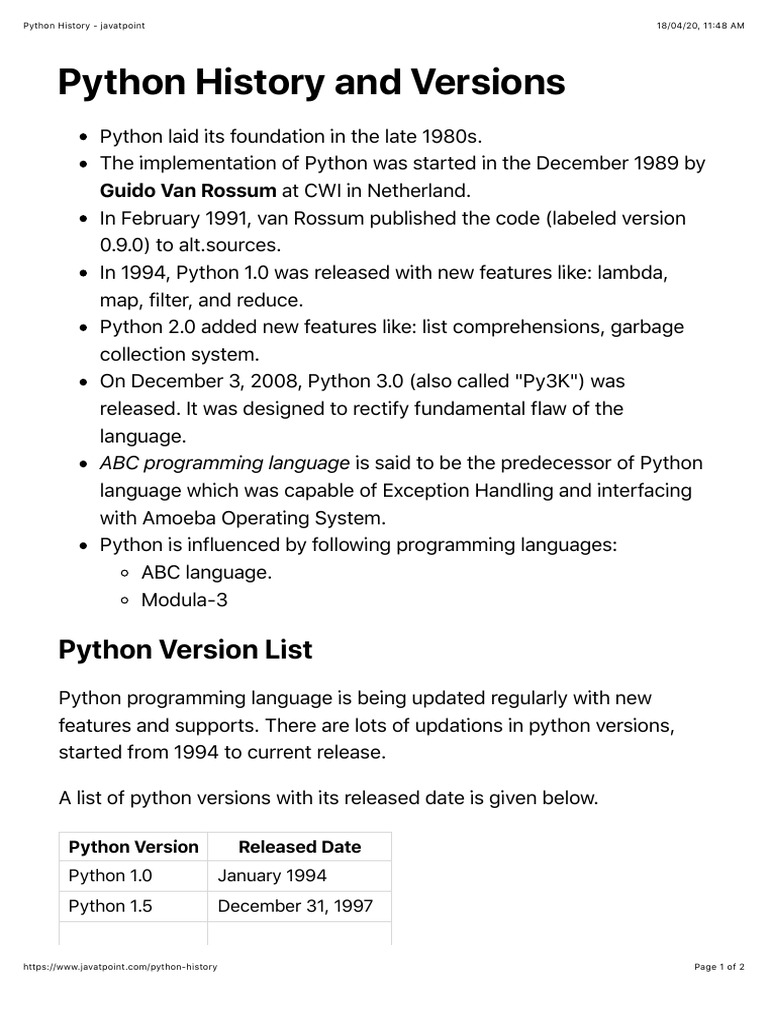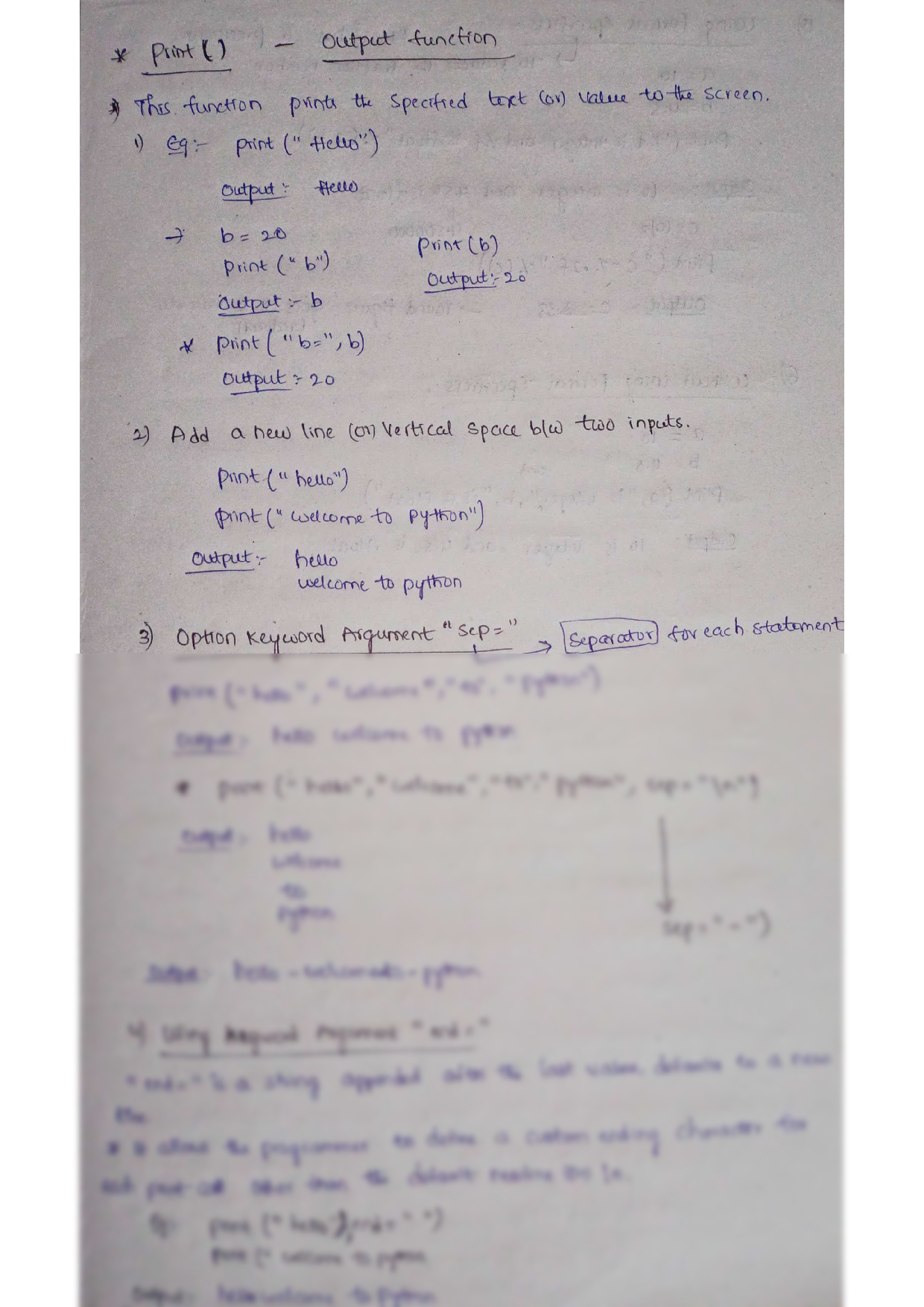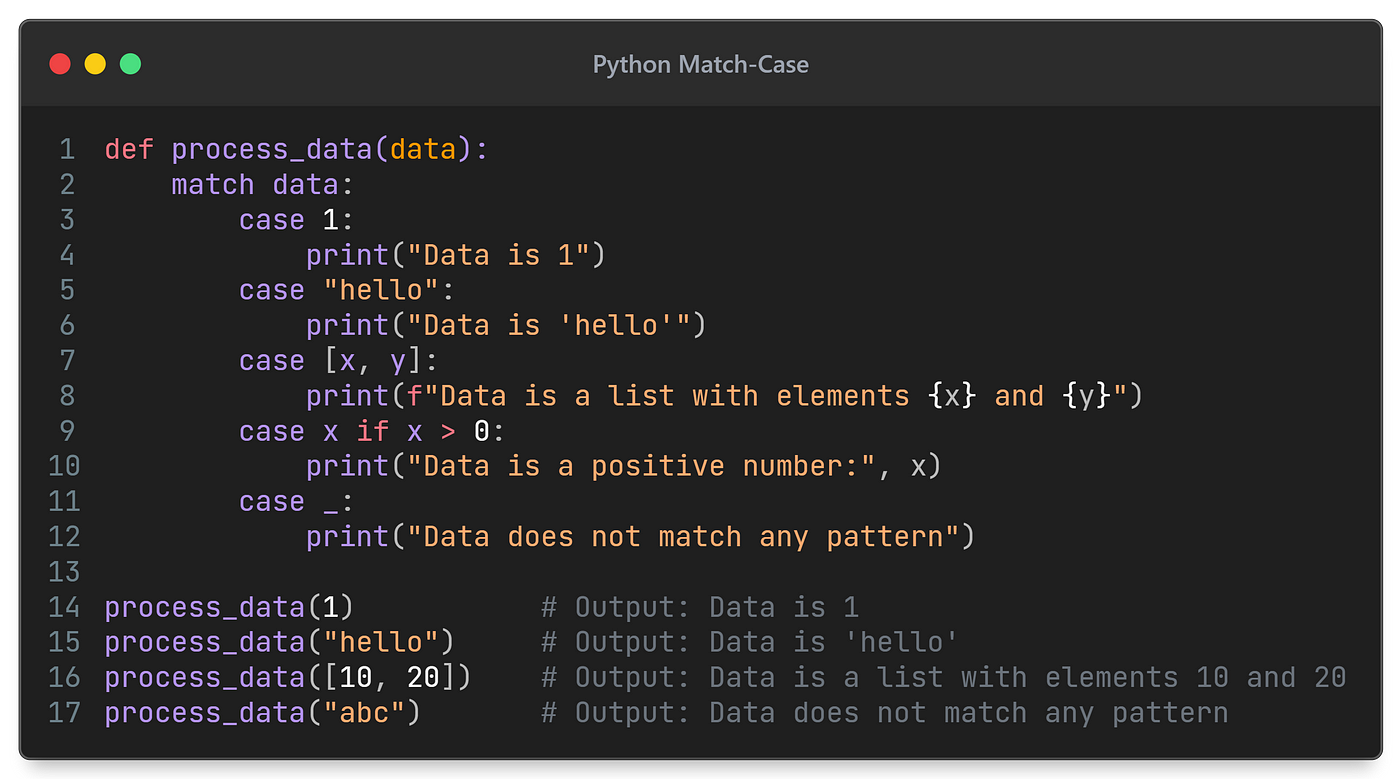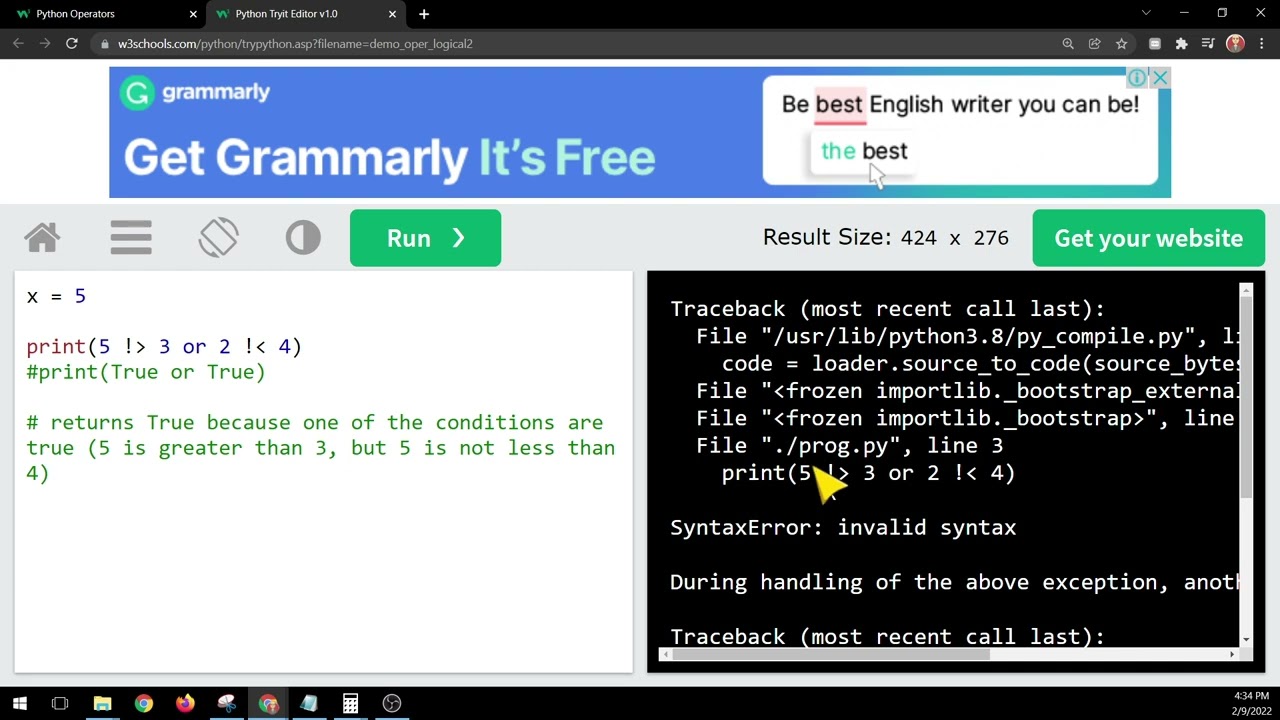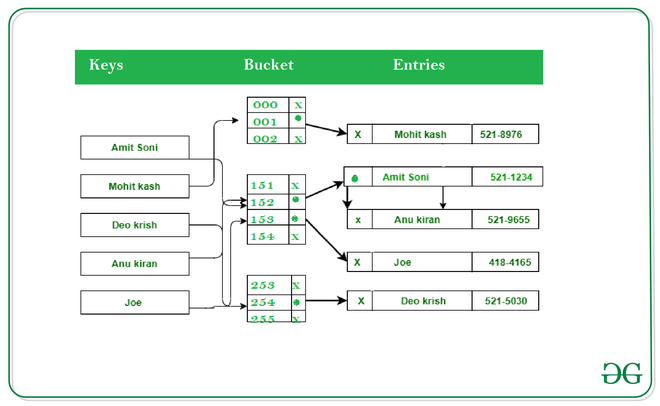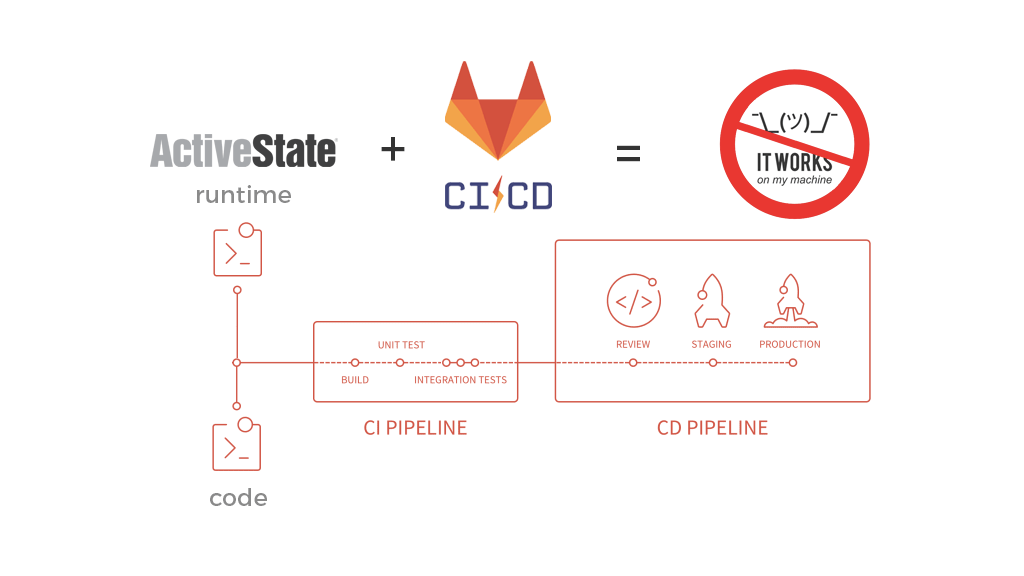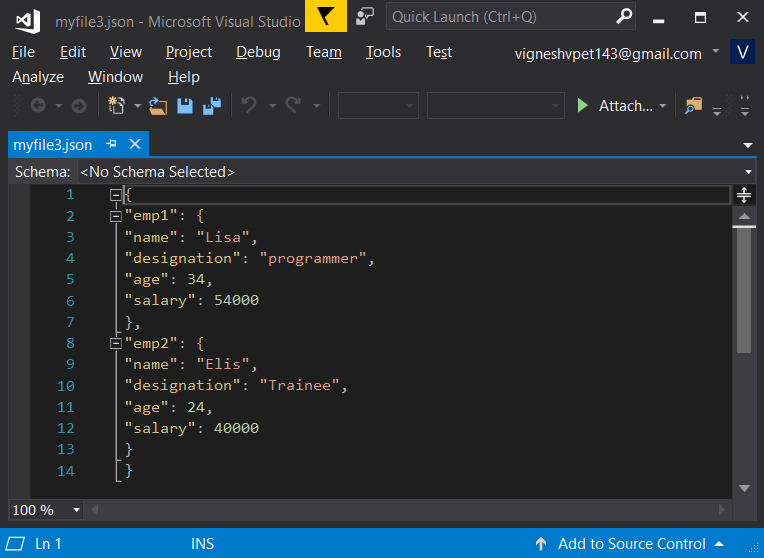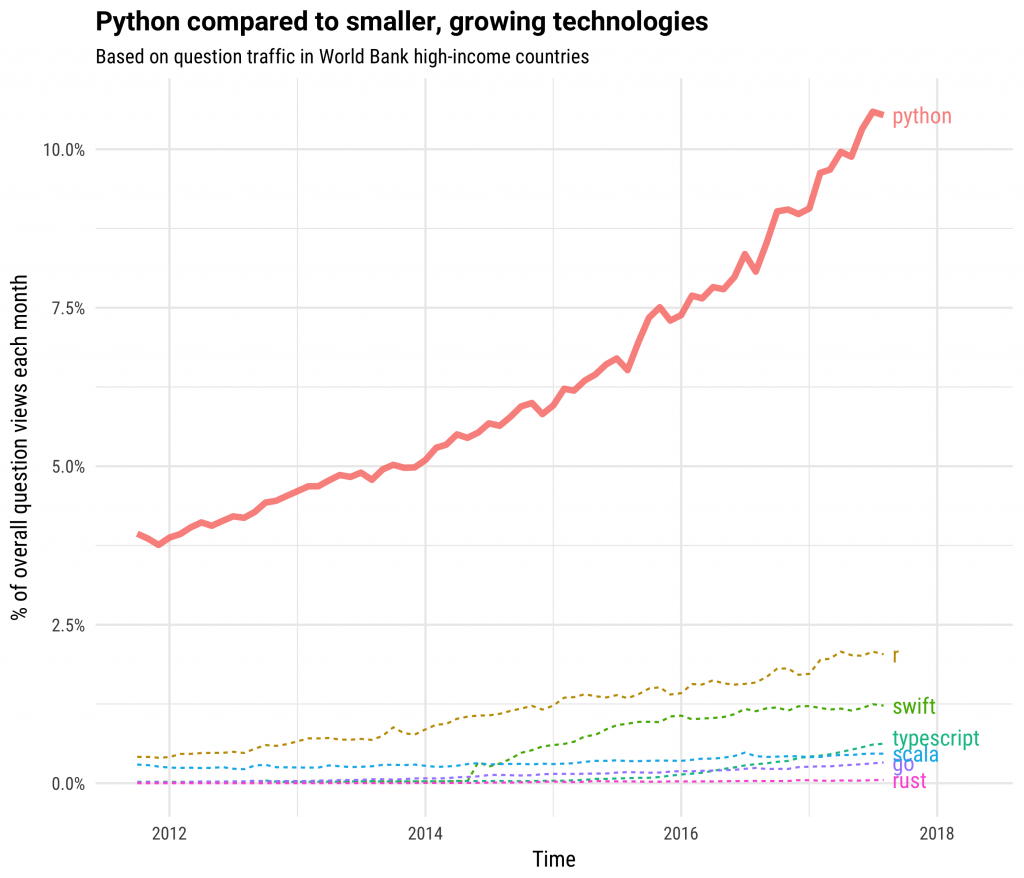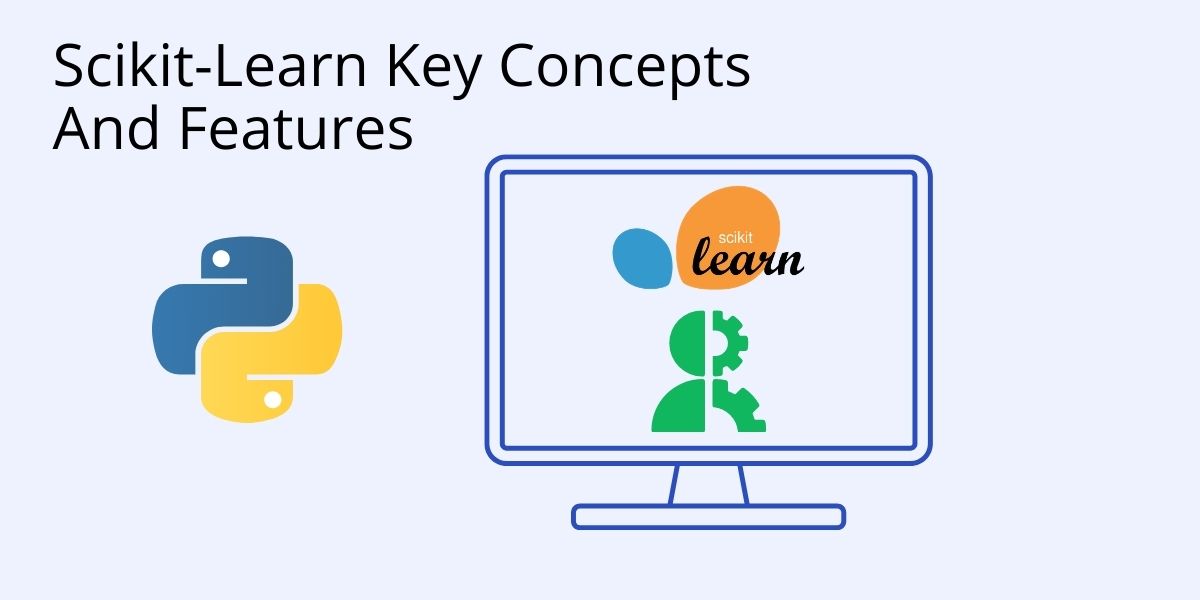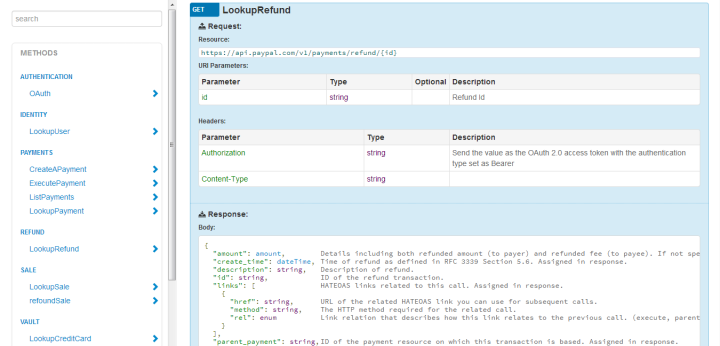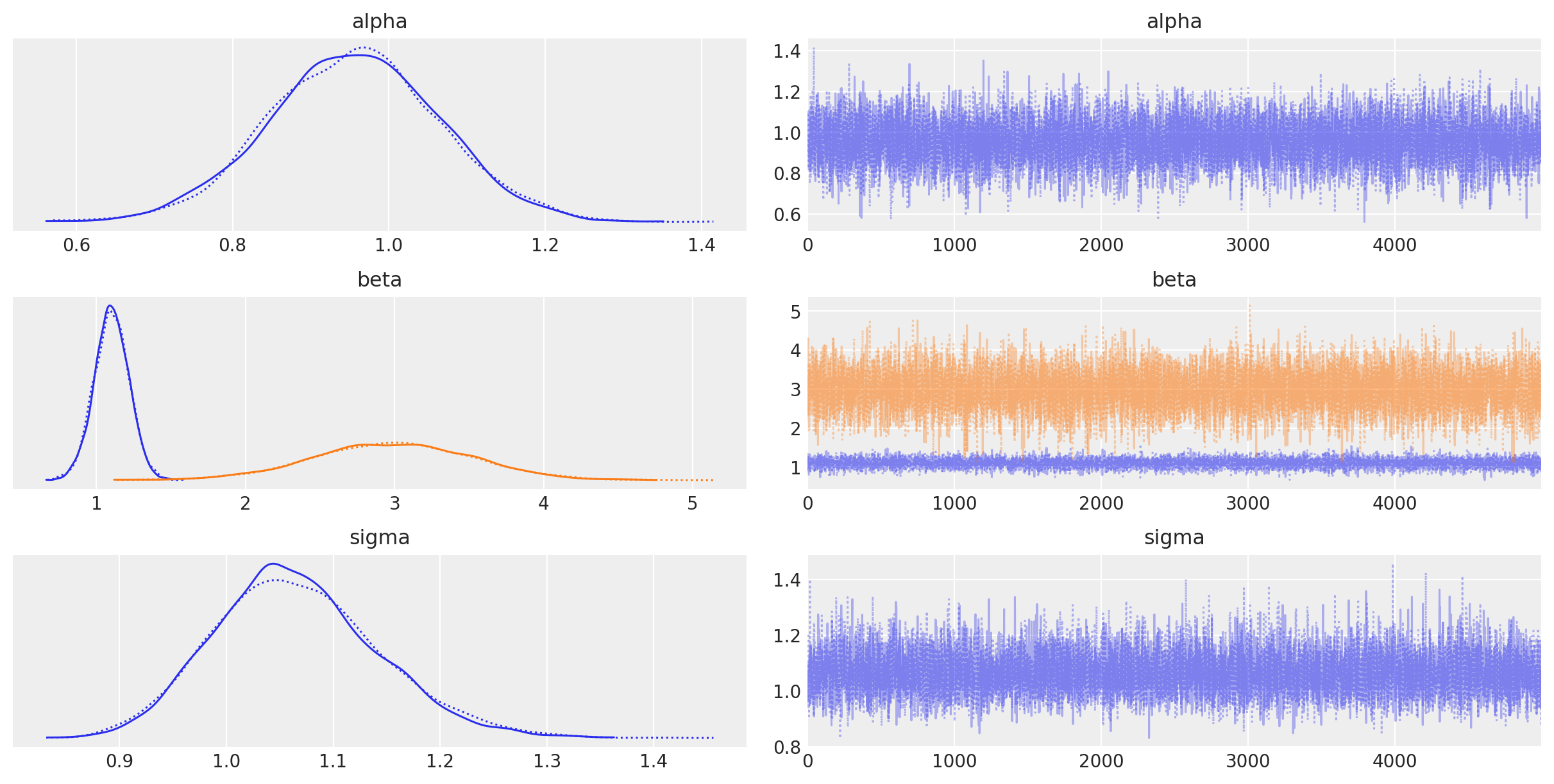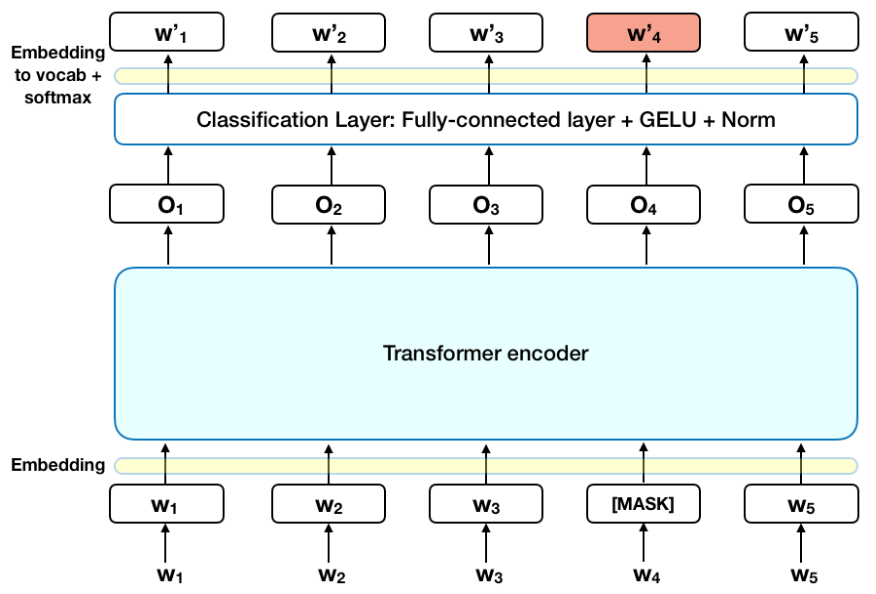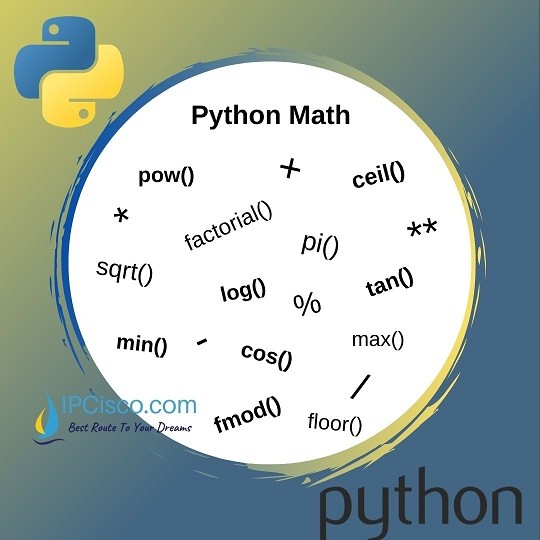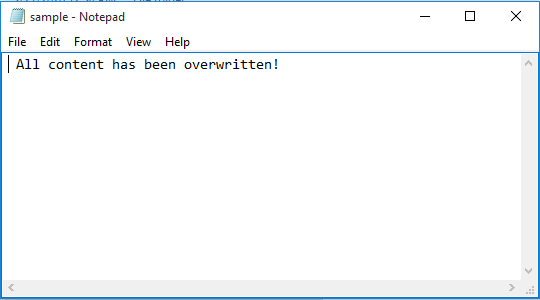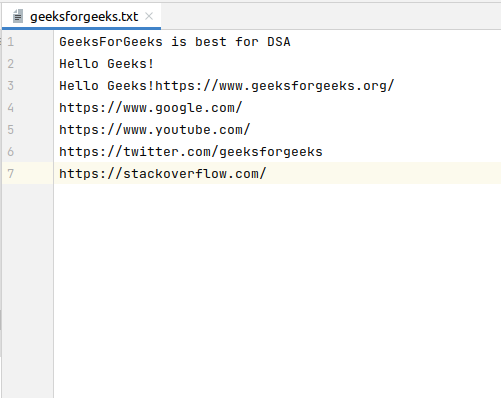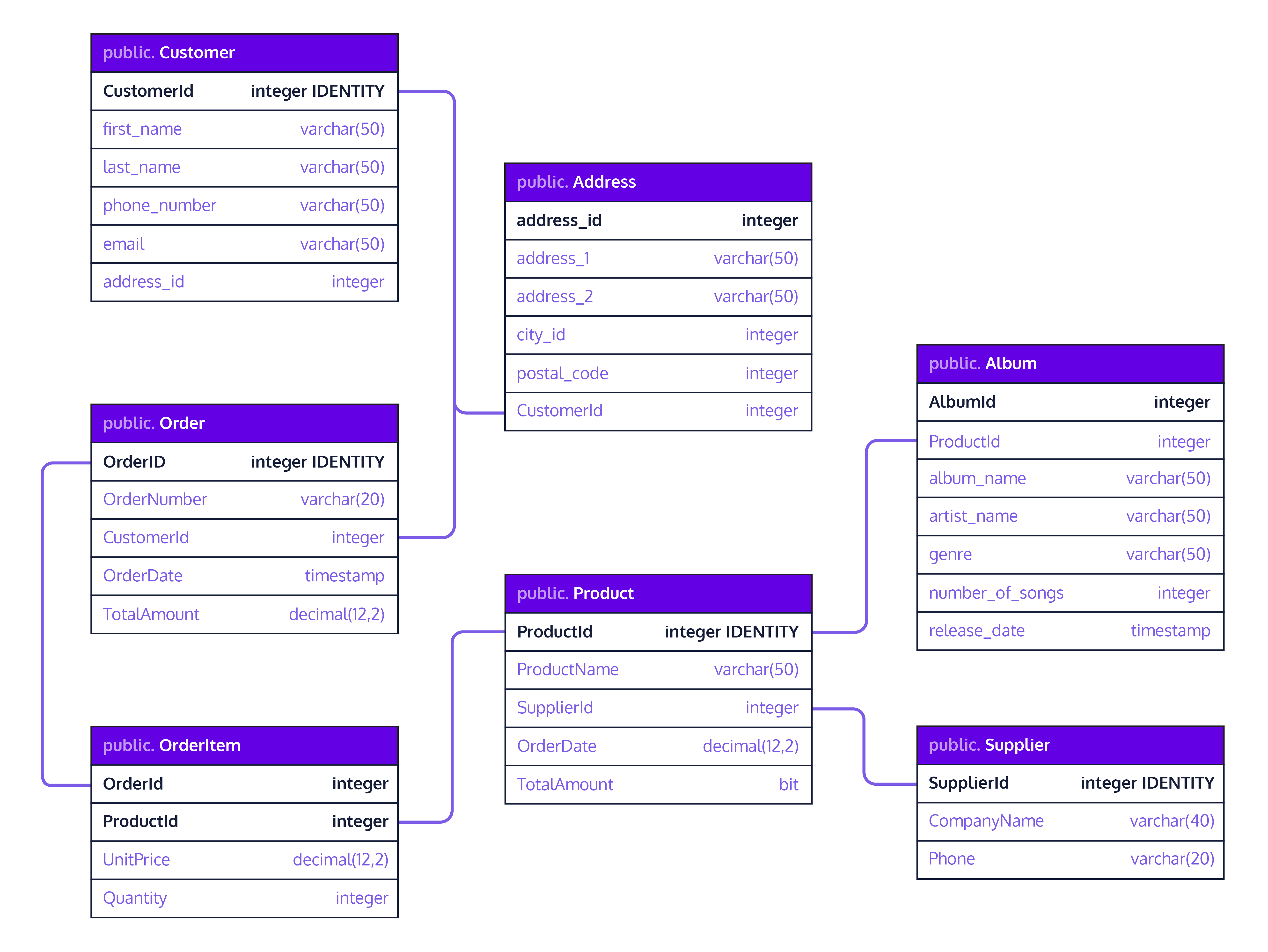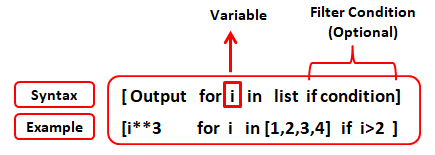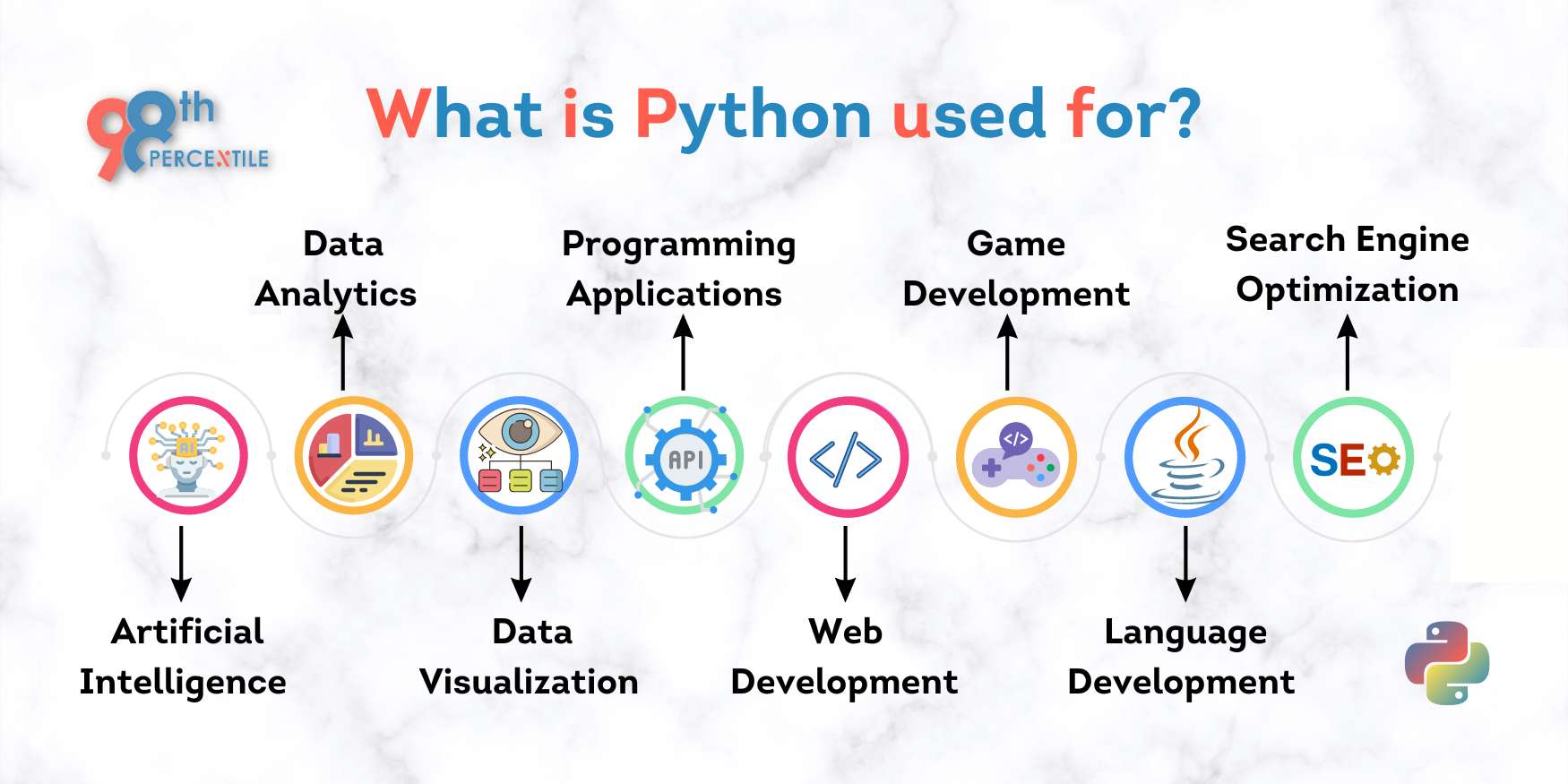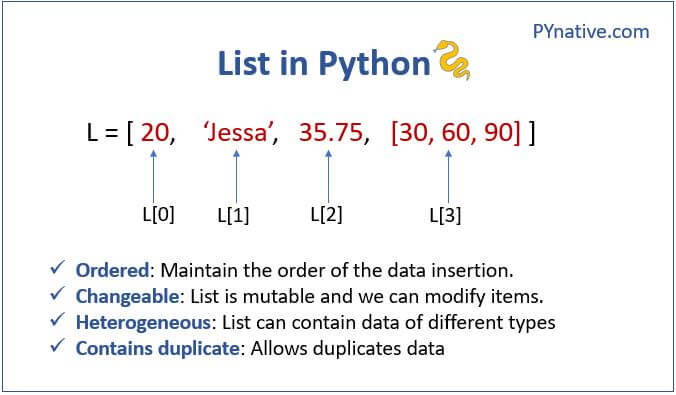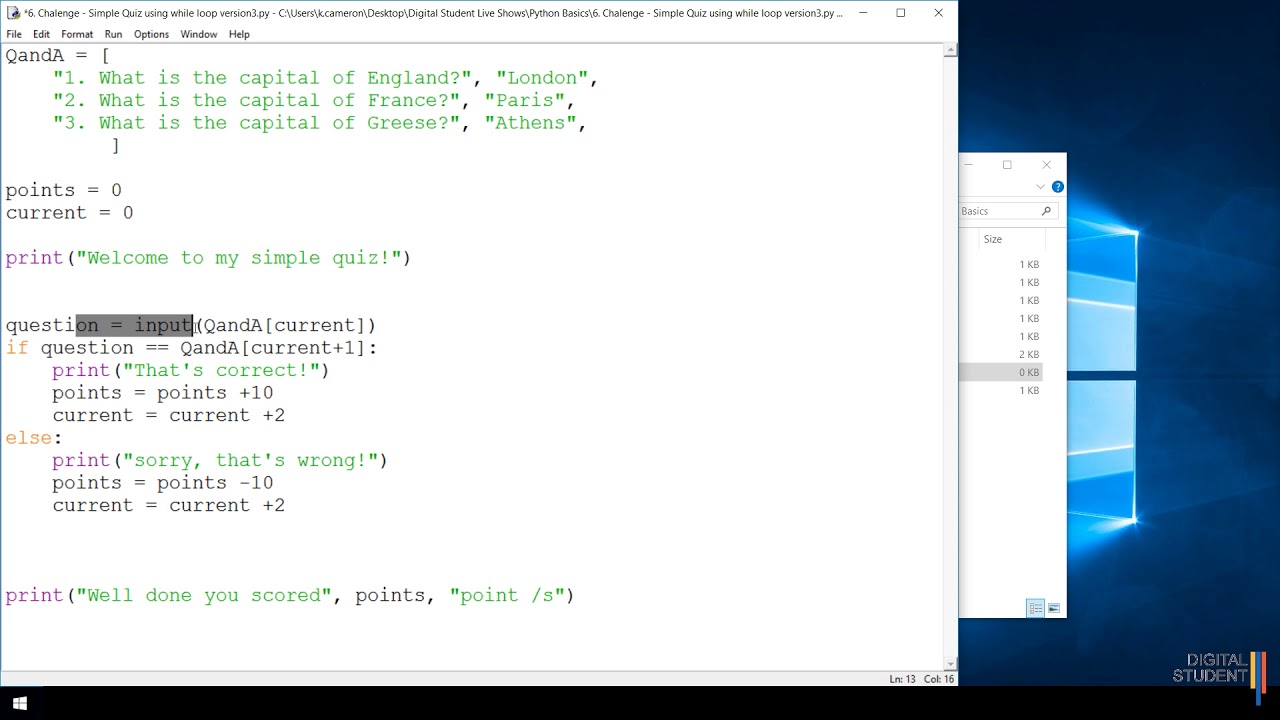Python grpc fastapi tutorial
Python grpc fastapi tutorial
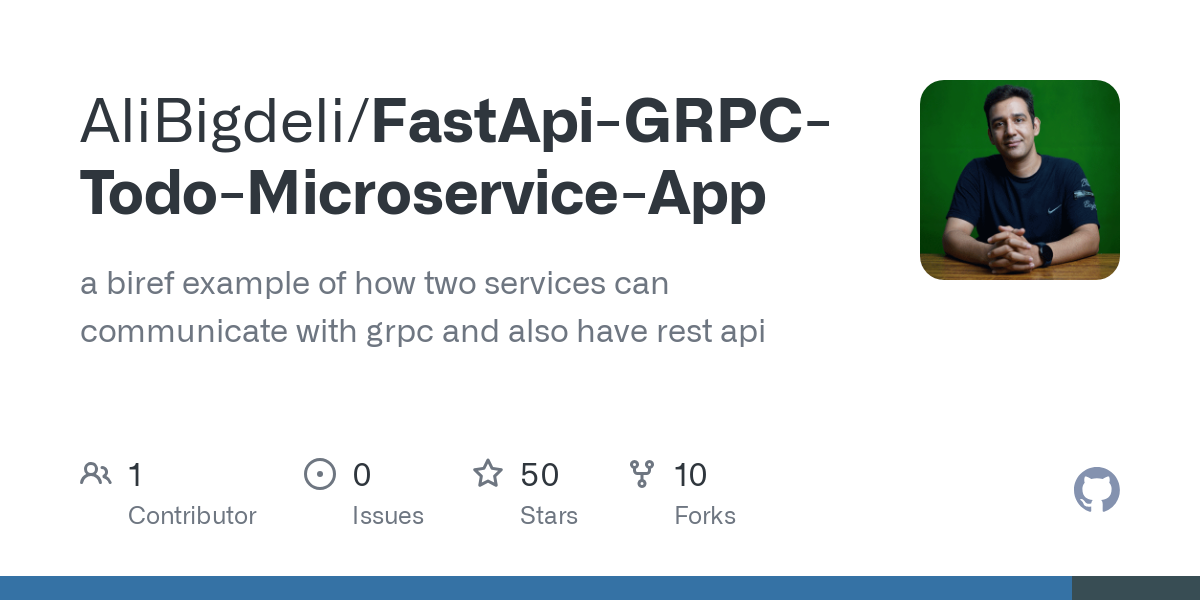
Here is a step-by-step guide on how to create a gRPC and FastAPI tutorial using Python:
Prerequisites:
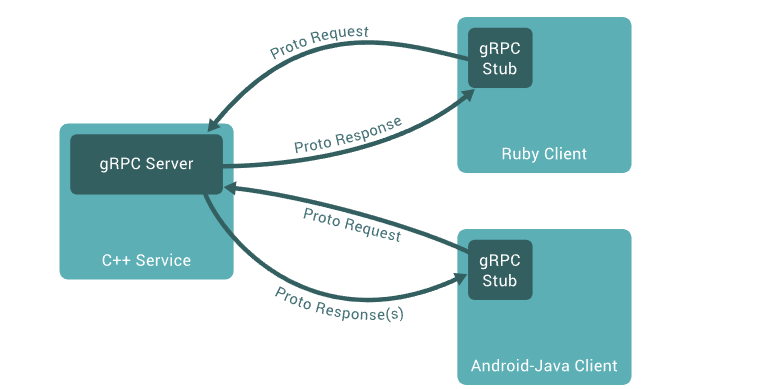
Step 1: Install gRPC and Protocol Buffers
gRPC is a high-performance RPC framework developed by Google, while Protocol Buffers are a language-agnostic data serialization format used by gRPC. To install both:
pip install grpc protobuf
Step 2: Define the Protocol Buffer File (.proto)
Create a new file named hello.proto and add the following content:
syntax = "proto3";
package helloworld;
service Greeter {
rpc SayHello(HelloRequest) returns (HelloResponse) {}
}
message HelloRequest {
string name = 1;
}
message HelloResponse {
string message = 1;
}
This defines a Greeter service with a single method, SayHello, which takes a HelloRequest message and returns a HelloResponse message.
Step 3: Generate gRPC Code
Use the following command to generate the gRPC code for Python:
protoc -I=. --python_out=. --grpc_out=. hello.proto
This will generate three files:
hello_pb2.py: Protocol Buffer messages and enum values. hello_pb2_grpc.py: gRPC service definitions.
Step 4: Implement the gRPC Service
Create a new file named greeter_server.py and add the following content:
import logging
from concurrent.futures import ThreadPoolExecutor
from helloworld import greeter_pb2
from helloworld import greeter_pb2_grpc
class Greeter(greeter_pb2_grpc.GreeterServicer):
def SayHello(self, request, context):
return greeter_pb2.HelloResponse(message=f'Hello, {request.name}!')
def serve():
server = grpc.server(futures.ThreadPoolExecutor(max_workers=10))
greeter_pb2_grpc.add_GreeterServicer_to_server(Greeter(), server)
print('Starting gRPC service on 50051...')
server.add_insecure_port('[::]:50051')
server.start()
print('gRPC service started...')
if name == 'main':
serve()
This code implements the Greeter service using the generated greeter_pb2_grpc module.
Step 5: Implement the gRPC Client
Create a new file named greeter_client.py and add the following content:
import grpc
from helloworld import greeter_pb2
def client():
channel = grpc.insecure_channel('localhost:50051')
stub = greeter_pb2_grpc.GreeterStub(channel)
response = stub.SayHello(greeter_pb2.HelloRequest(name='Alice'))
print(response.message)
if name == 'main':
client()
This code creates a gRPC channel and uses it to call the SayHello method on the remote Greeter service.
Step 6: Run the Server
Run the following command:
python greeter_server.py
Step 7: Run the Client
Run the following command:
python greeter_client.py
You should see the output:
Hello, Alice!
Congratulations! You've successfully created a gRPC service using Protocol Buffers and implemented both the server and client code in Python.
Step 8: Create a FastAPI App
Create a new file named app.py and add the following content:
from fastapi import FastAPI
from helloworld import greeter_pb2
app = FastAPI()
@app.post("/hello")
async def hello(request: greeter_pb2.HelloRequest):
response = greeter_pb2.HelloResponse(message=f'Hello, {request.name}!')
return response
This code creates a FastAPI app with a single endpoint /hello that accepts a HelloRequest message and returns a HelloResponse message.
Step 9: Run the FastAPI App
Run the following command:
uvicorn app:app --host 0.0.0.0 --port 8000
Step 10: Test the FastAPI App
Use your favorite HTTP client (e.g., curl) to send a POST request to http://localhost:8000/hello with a JSON body containing the following:
{"name": "Bob"}
You should see the output:
Hello, Bob!
Congratulations! You've successfully created a FastAPI app that integrates with the gRPC service.
This is just a basic example to get you started. You can explore more advanced features of both gRPC and FastAPI in subsequent tutorials.
Python grpc fastapi github
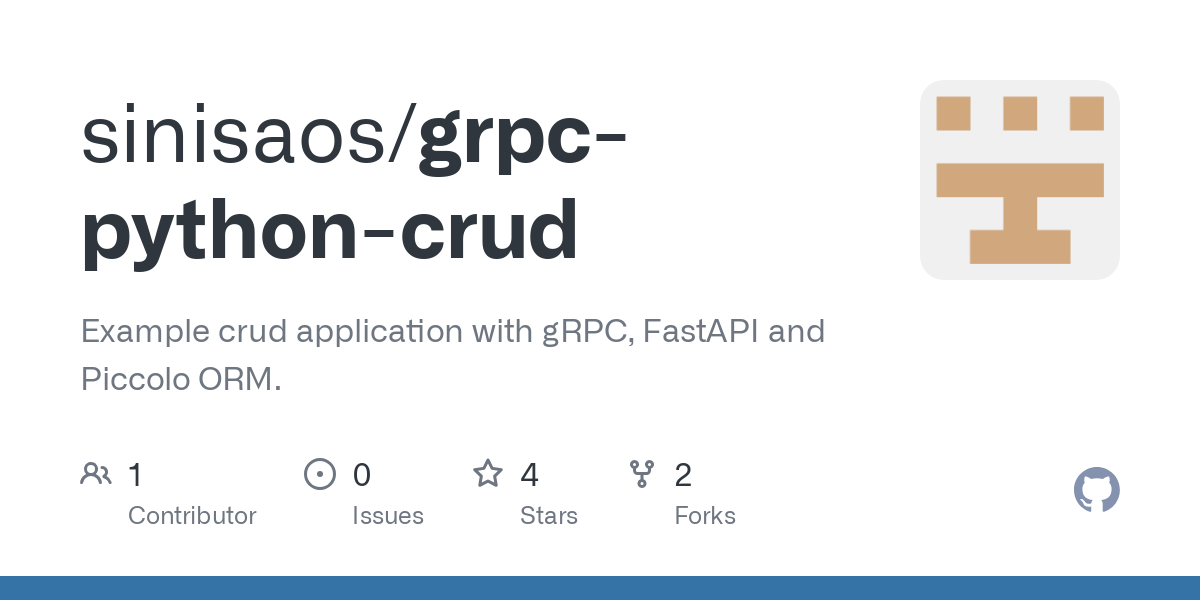
Here's a response that covers the topics of Python, gRPC, FastAPI, and GitHub:
Python is an extremely popular programming language known for its simplicity, readability, and extensive libraries. It's often used for web development, scientific computing, data analysis, machine learning, and more. In recent years, it has become even more versatile with the rise of frameworks like Django and Flask.
One of Python's greatest strengths is its ability to integrate well with other languages and technologies. For instance, gRPC is a high-performance RPC framework that provides a lot of flexibility when building scalable and efficient APIs. With Python's popularity as a language for building backend services, it makes sense to use it with gRPC. This combination allows developers to create robust and performant API servers.
Another popular framework in the Python ecosystem is FastAPI. It's a modern, fast (high-performance), web framework for building APIs with Python 3.7+ based on standard Python type hints. FastAPI is designed to be as easy and intuitive as possible, while also providing high performance and efficiency. Its unique combination of speed, simplicity, and scalability has made it one of the most popular choices among developers.
GitHub, being a web-based platform for version control and collaboration, plays a crucial role in the open-source world. As Python is an open-source language with a vast community, many projects and libraries are hosted on GitHub. This allows developers to collaborate, share code, and learn from each other's experiences.
To demonstrate these technologies working together, let's create a simple example:
from fastapi import FastAPI
import grpc
def say_hello(request):
return {"message": "Hello, World!"}
app = FastAPI()
grpc_service = grpc.server(futures.ThreadPoolExecutor(max_workers=10))
hello_pb2 = grpc_pb2
hello_pb2_grpc = hello_pb2
class HelloService(hello_pb2_grpc.HelloServicer):
def SayHello(self, request):
return say_hello(request)
add_HelloServicer_to_server = hello_pb2_grpc.add_HelloServicer_to_server
grpc_service.add_rpc_method(add_HelloServicer_to_server(HelloService()))
grpc_service_thread = threading.Thread(target=grpc_service.serve)
grpc_service_thread.start()
In this example, we create a FastAPI app and define a simple endpoint say_hello that returns a JSON message. We then use gRPC to create an RPC service that calls the say_hello function and handles requests from clients.
As for GitHub, you can find open-source projects like TensorFlow, Keras, scikit-learn, and more hosted on the platform. These projects are maintained by their respective communities and contributors, ensuring they remain up-to-date and robust.

